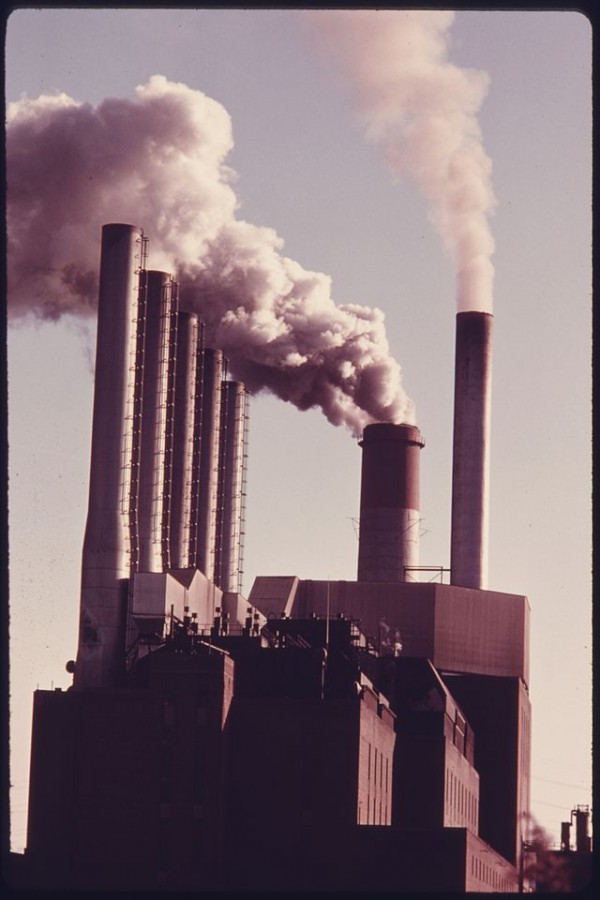12 States Sue EPA Over Proposed Power Plant Regulations
September 15, 2014
By Neela Banerjee
WASHINGTON — A dozen coal-reliant states have sued the Environmental Protection Agency in an effort to derail proposed rules designed to cut greenhouse gases from existing coal-fired power plants, the single largest domestic source of emissions that drive climate change.
The filing, the first from a coalition of states, follows a lawsuit brought six weeks ago by the country’s largest privately held coal mining company, Murray Energy Corp.
The states filed their case Friday, the same day the EPA held public hearings in several cities. Thousands of coal miners turned out in Pittsburgh to protest the Obama administration plan, which they said would kill jobs and lead to higher electricity costs for consumers.
The two lawsuits are the first salvos in what is likely to be a protracted legal battle as the coal industry and its political allies seek weak spots in the EPA’s interpretation of an untested section of the Clean Air Act, on which the proposed rule change is based.
The states that filed suit in the U.S. Court of Appeals in the District of Columbia are Alabama, Indiana, Kansas, Kentucky, Louisiana, Nebraska, Ohio, Oklahoma, South Dakota, South Carolina, West Virginia and Wyoming.
West Virginia Attorney General Patrick Morrisey said the EPA’s proposed rule will have “devastating effects on West Virginia’s jobs and its economy” by forcing some coal-fired plants to close.
The plaintiffs said the EPA entered into a settlement agreement in 2011 with environmental groups and states allied with them to regulate existing coal-fired utilities under section 111(d) of the Clean Air Act. That section is the basis for the rules the Obama administration proposed in June.
The plaintiffs argue the settlement and subsequent regulations are illegal because power plant emissions are regulated under a different part of the Clean Air Act.
The EPA has declined to comment on the states’ suit, instead addressing claims by Morrisey and other critics that the rule would kill the coal industry.
“The Clean Power Plan proposal provides each state with enormous flexibility in determining how to meet its pollution reduction goals, and does not mandate the retirement of any coal plants,” said Liz Purchia, an EPA spokeswoman.
The EPA is expected to ask the court to dismiss the suit, said Thomas A. Lorenzen, an environmental lawyer in Washington, D.C.
The Murray Energy lawsuit and the states’ litigation rest in part on an anomaly in the 1990 amendments to the Clean Air Act, said Lorenzen, who ran the Justice Department’s defense of the EPA for a decade.
The Senate and the House 25 years ago had different interpretations of how power plants and pollutants could be regulated under the landmark clean-air law. Normally, such interpretations are reconciled and a compromise reached before the final vote, but in this case, both interpretations were written into the statute.
The plaintiffs in both suits argue that the House version is correct: that if an industry is regulated under one part of the Clean Air Act, in this case section 112, it cannot be regulated under a different section, 111(d) in the case of the power plant rule.
“The law expressly prohibits the double regulation of such plants,” the West Virginia attorney general’s office said in a statement.
The EPA has built its proposed rule on the Senate interpretation: If a pollutant, in this case carbon dioxide, is not regulated under section 112, it can be regulated under 111(d).
When such ambiguity exists in law, courts typically give “deference to the agency charged with implementing the regulation,” said Bicky Corman, a former EPA deputy general counsel.
———
©2014 Tribune Co.
Visit Tribune Co. at www.latimes.com
Distributed by MCT Information Services








